With 2D planar NAND flash approaching physical scaling limitations, 3D NAND flash is the latest technological breakthrough, and allows for far greater capacities and better performance. 3D NAND flash is currently offered in TLC and MLC devices on the market. Transcend is taking steps to bring 3D NAND technology into its SSD lineup, including 2.5" SSDs and M.2 SSDs.
 Large Capacity
Large Capacity Fast Performance
Fast Performance High Endurance
High Endurance
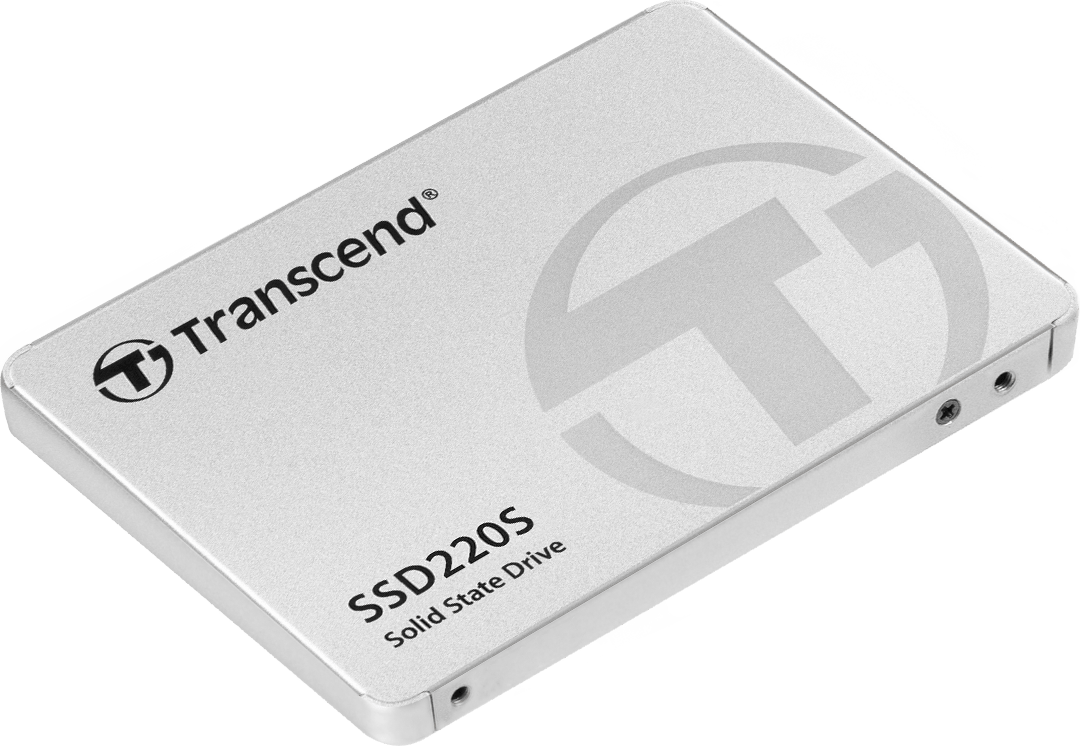
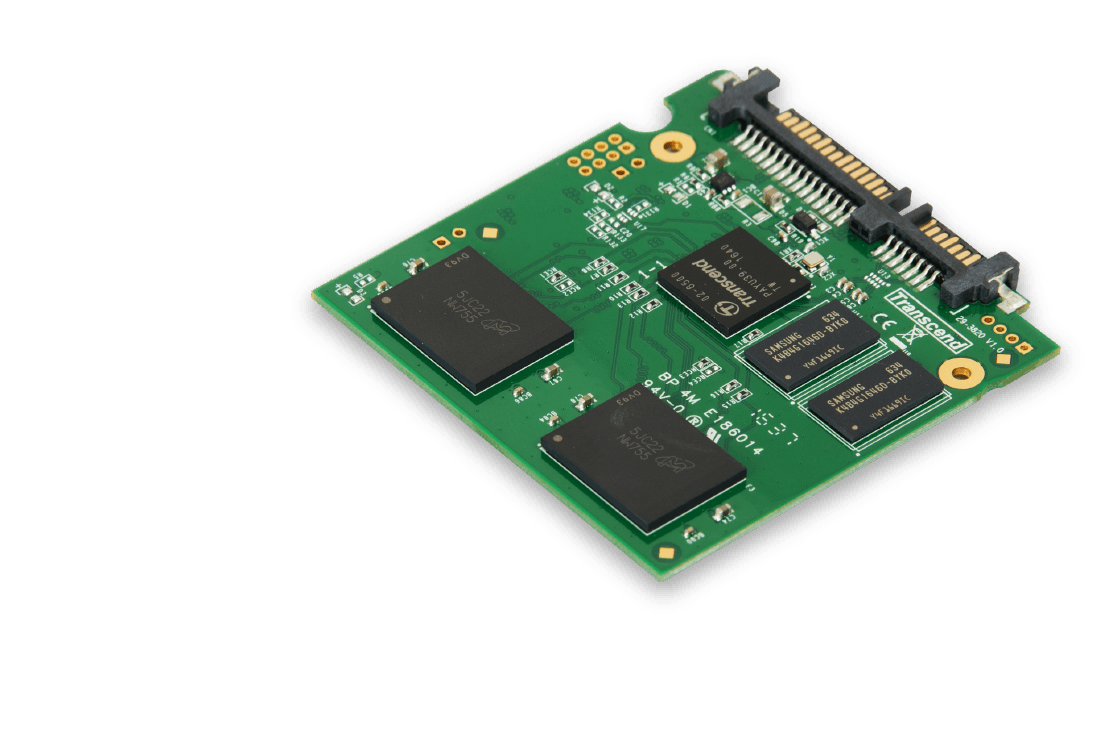
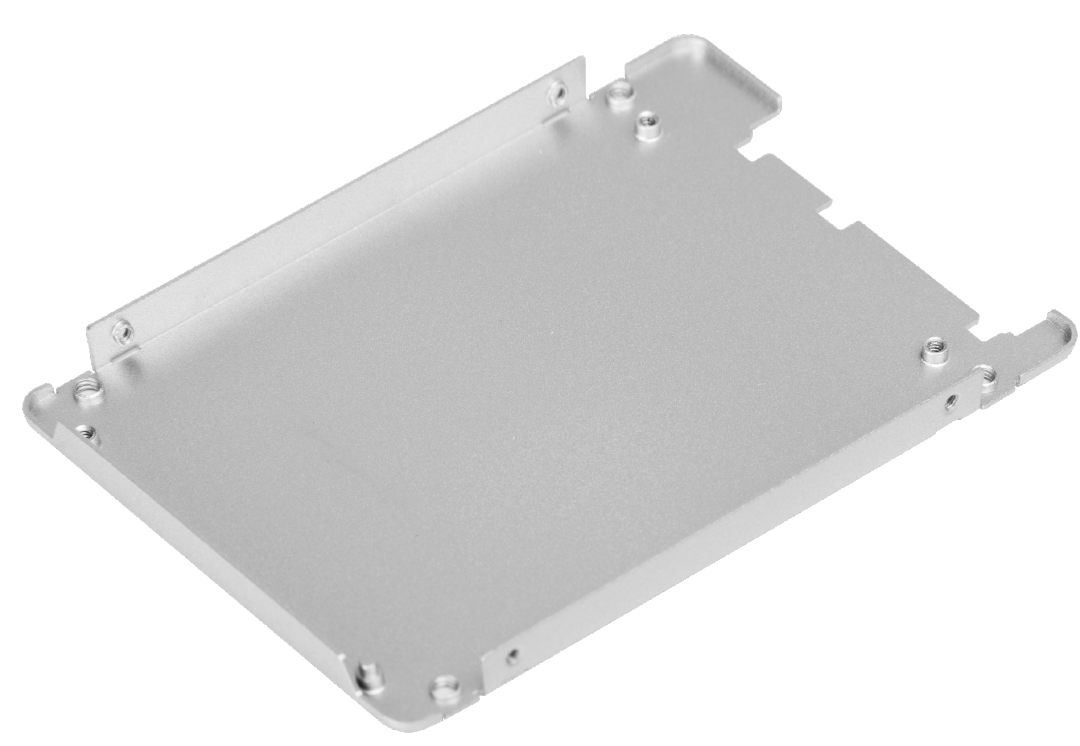
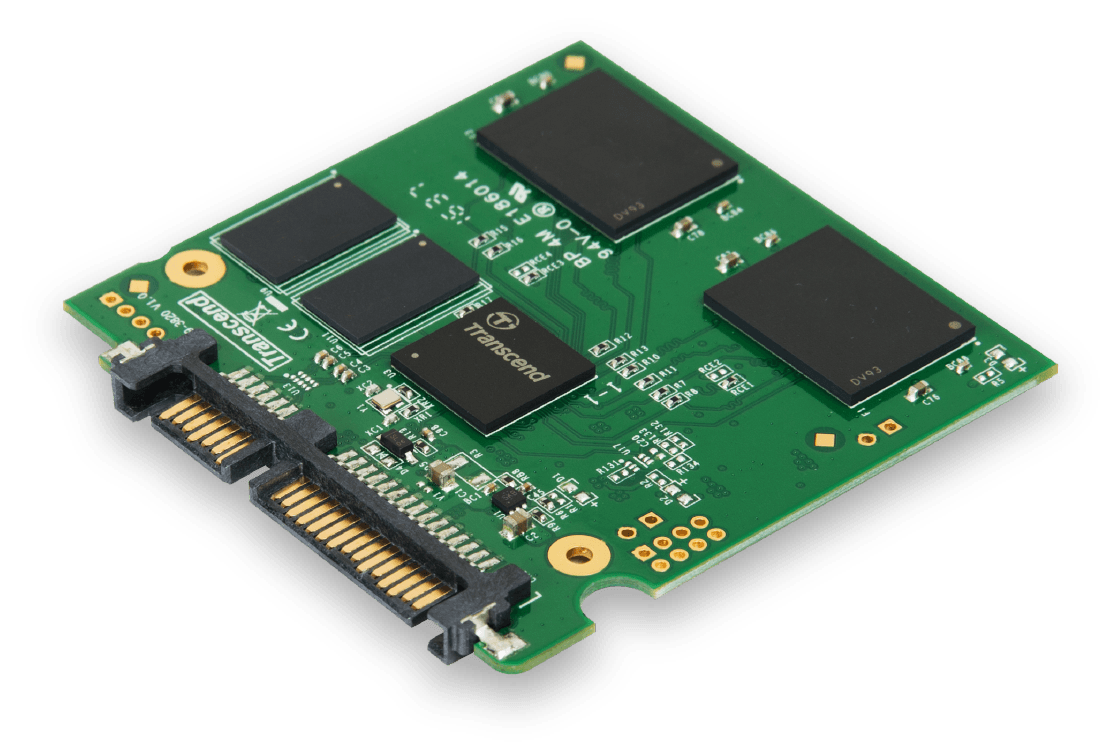
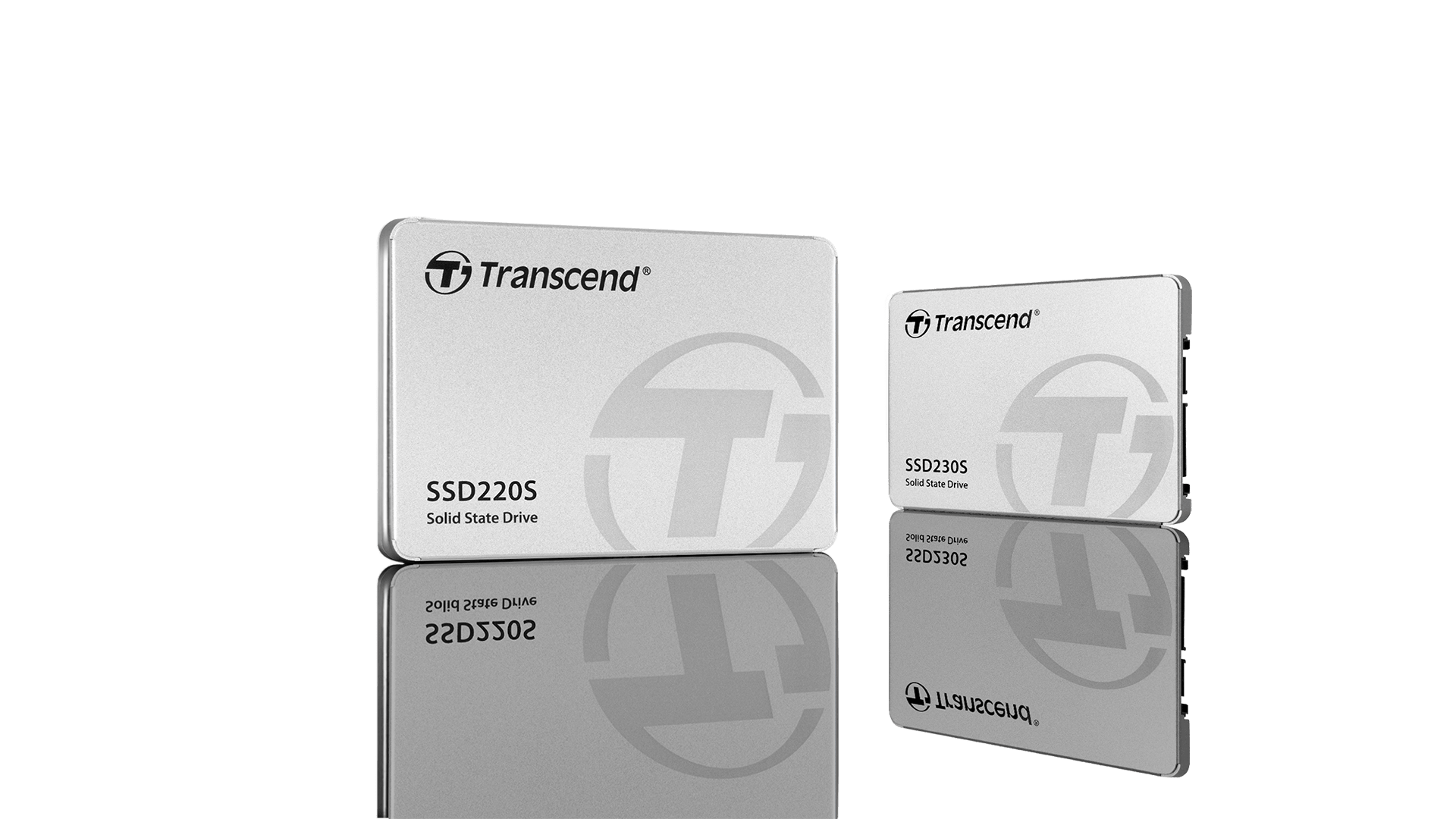
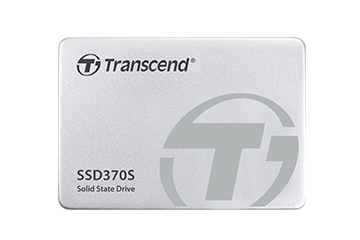 SATA III 6Gb/s SSD370
SATA III 6Gb/s SSD370
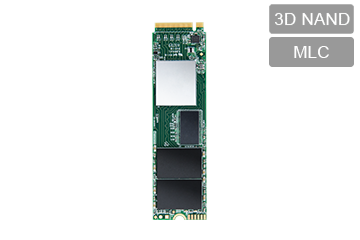 PCIe Gen3 x4 MTE850 M.2 SSD
PCIe Gen3 x4 MTE850 M.2 SSD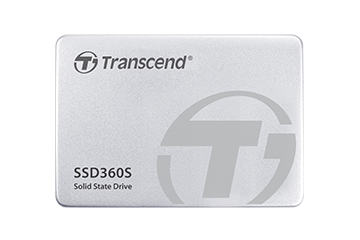 SATA III 6Gb/s SSD360
SATA III 6Gb/s SSD360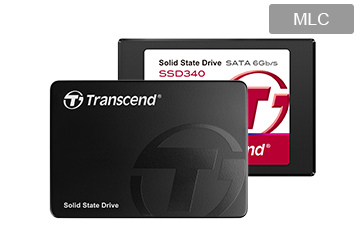 SATA III 6Gb/s SSD340
SATA III 6Gb/s SSD340
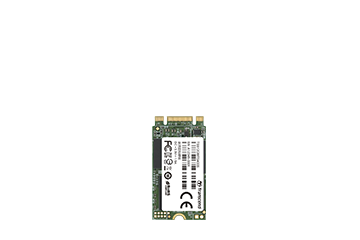 SATA III 6Gb/s MTS400 M.2 SSD
SATA III 6Gb/s MTS400 M.2 SSD
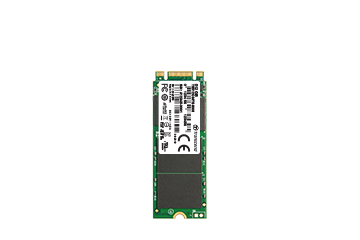 SATA III 6Gb/s MTS600 M.2 SSD
SATA III 6Gb/s MTS600 M.2 SSD
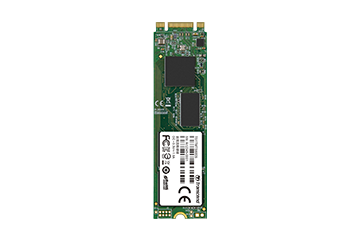 SATA III 6Gb/s MTS800 M.2 SSD
SATA III 6Gb/s MTS800 M.2 SSD
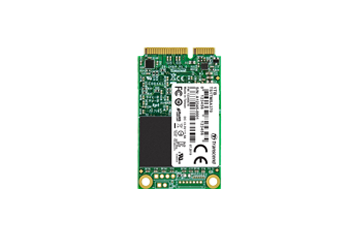 SATA III 6Gb/s MSA370 mSATA SSD
SATA III 6Gb/s MSA370 mSATA SSD
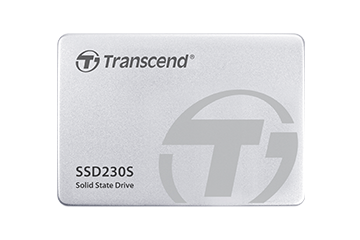 SATA III 6Gb/s SSD230
SATA III 6Gb/s SSD230
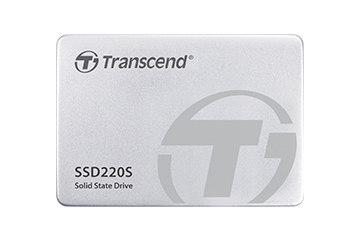 SATA III 6Gb/s SSD220
SATA III 6Gb/s SSD220
 SATA III 6Gb/s MTS420 M.2 SSD
SATA III 6Gb/s MTS420 M.2 SSD
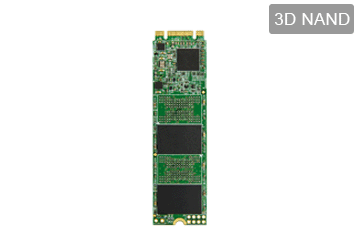 SATA III 6Gb/s MTS810 M.2 SSD
SATA III 6Gb/s MTS810 M.2 SSD
 SATA III 6Gb/s MTS820 M.2 SSD
SATA III 6Gb/s MTS820 M.2 SSD